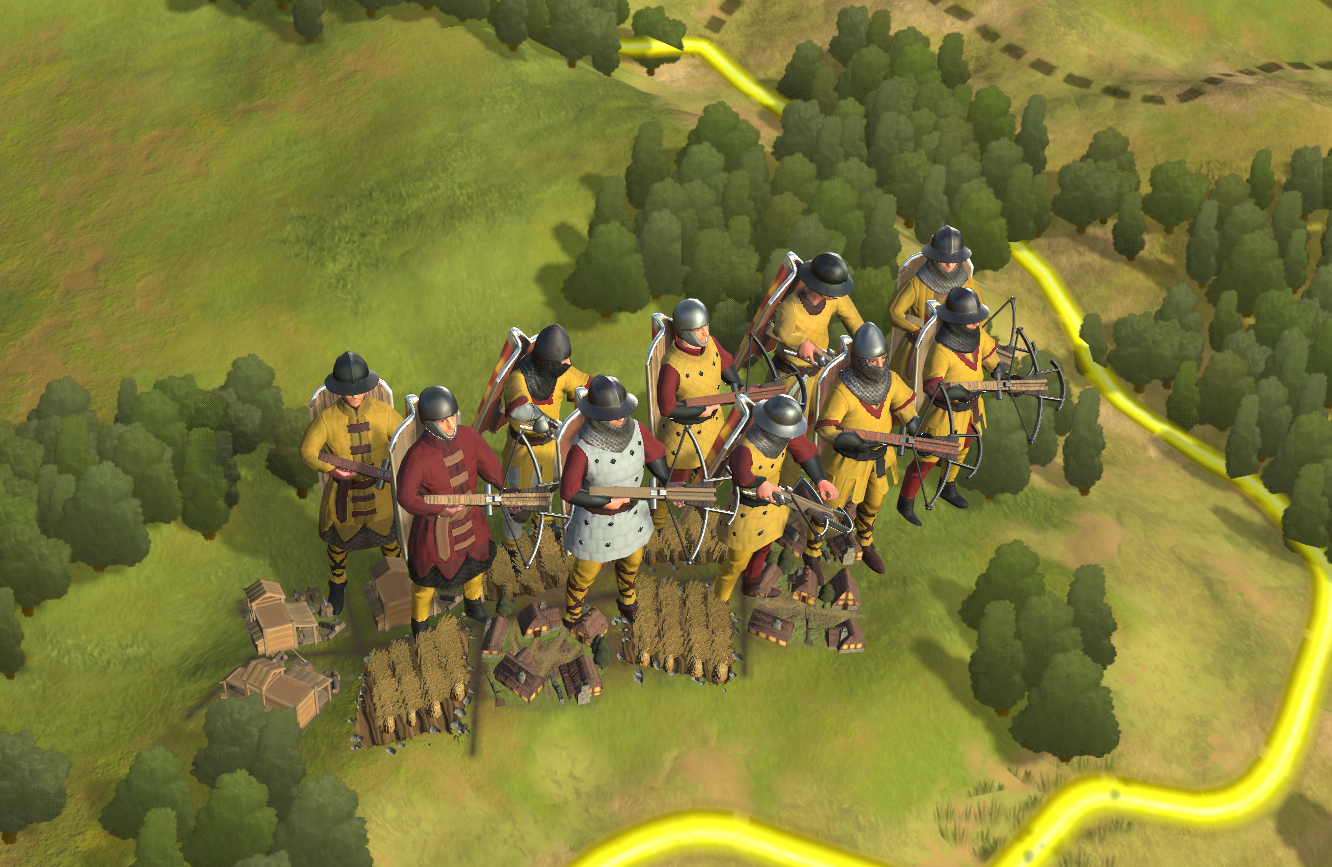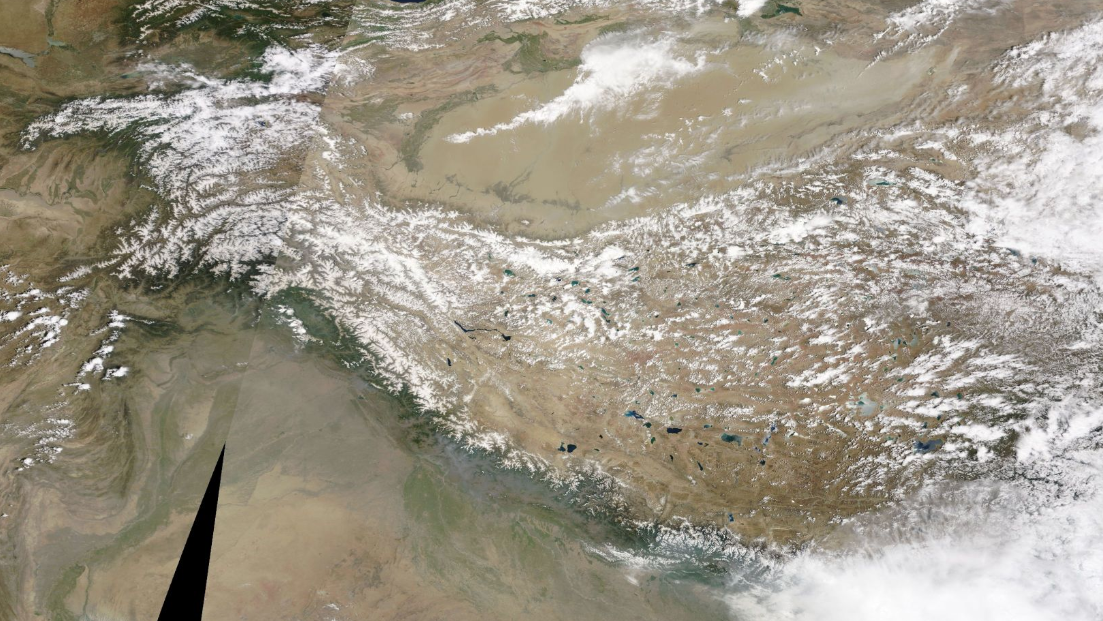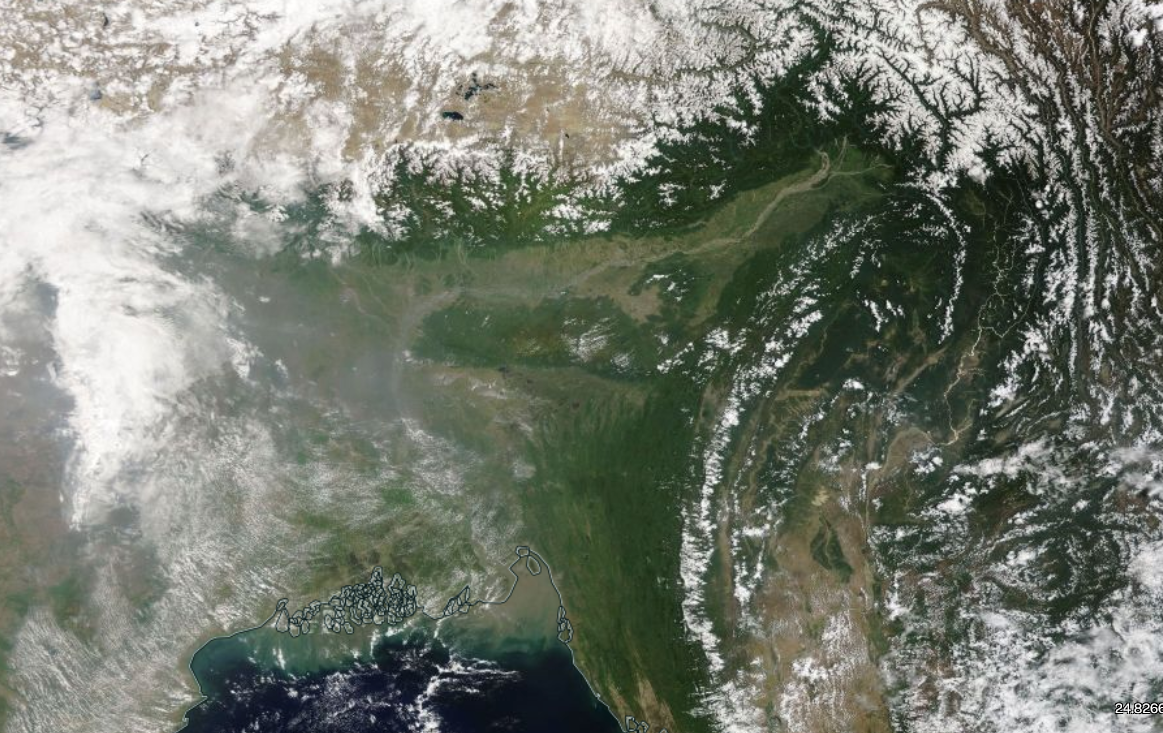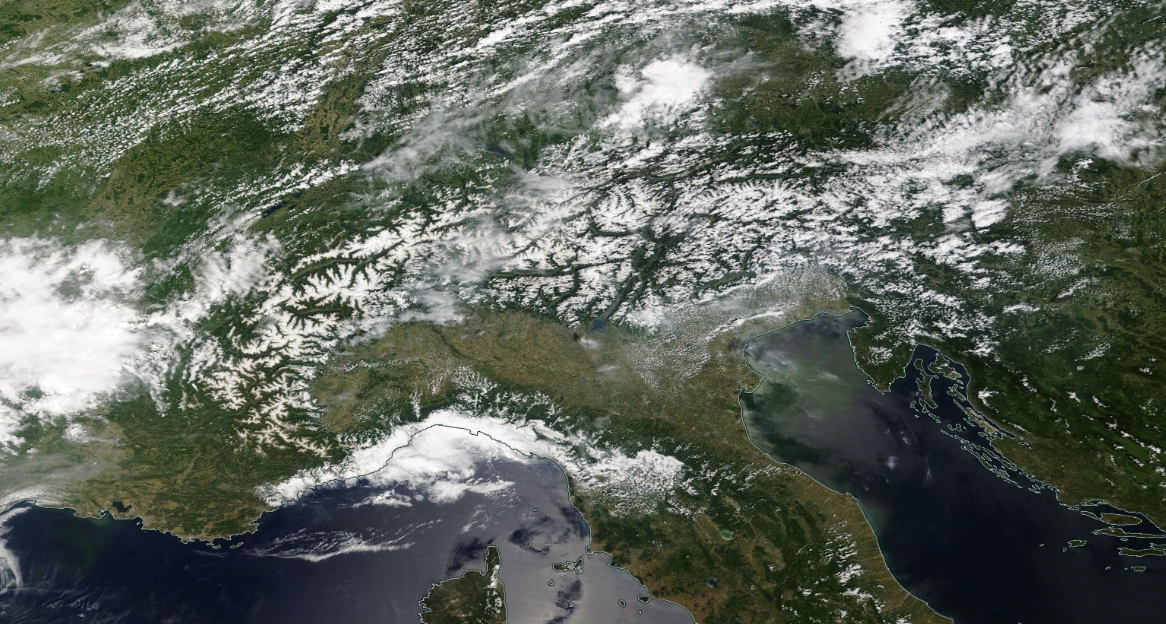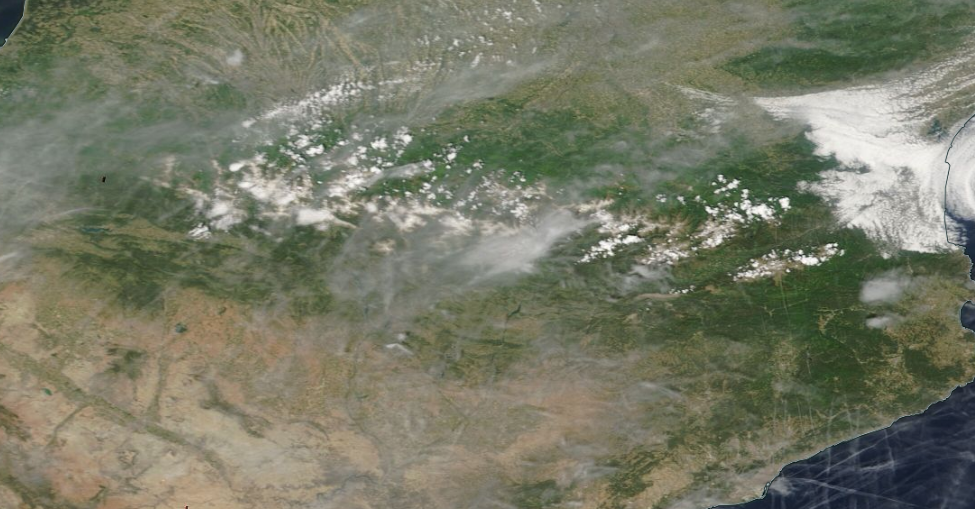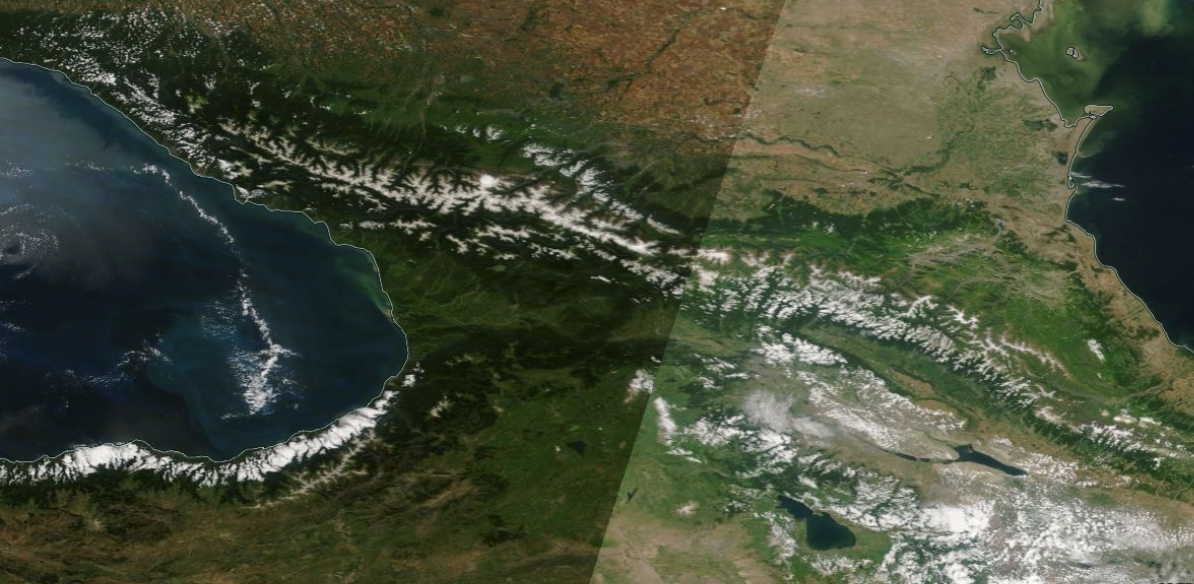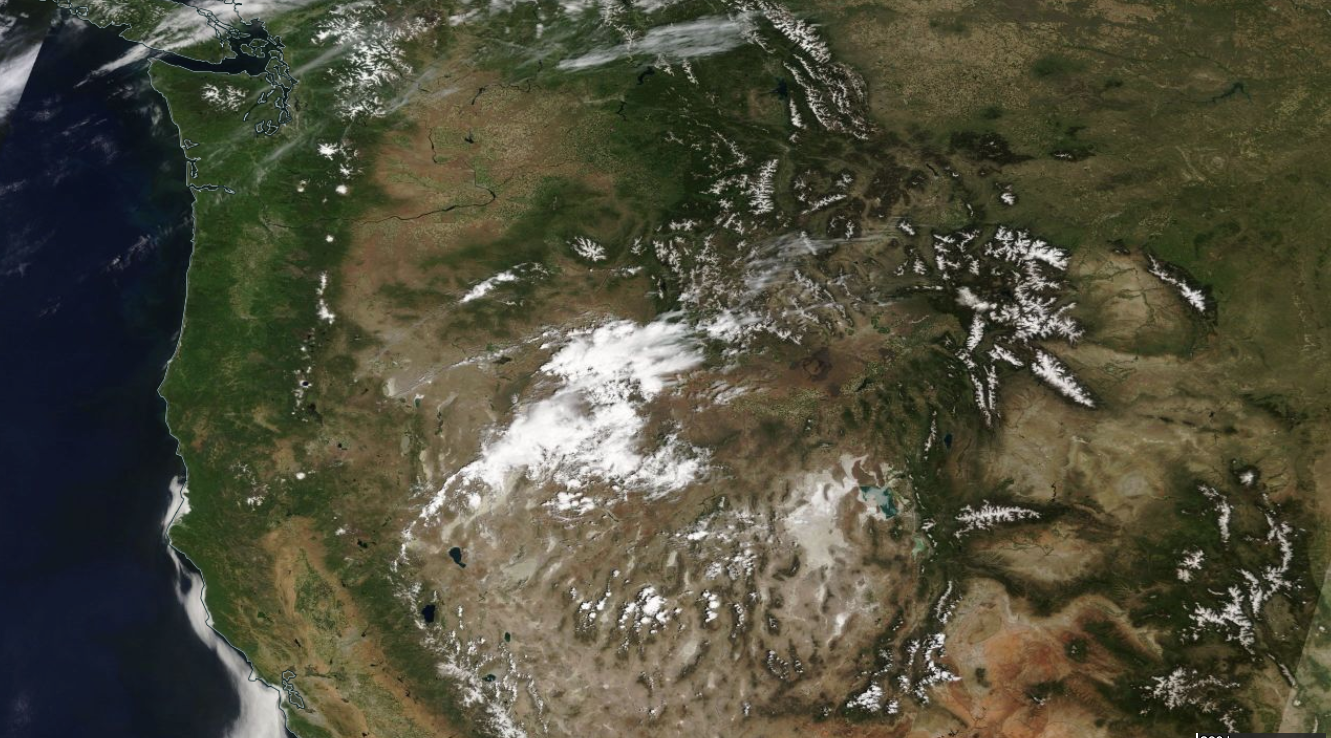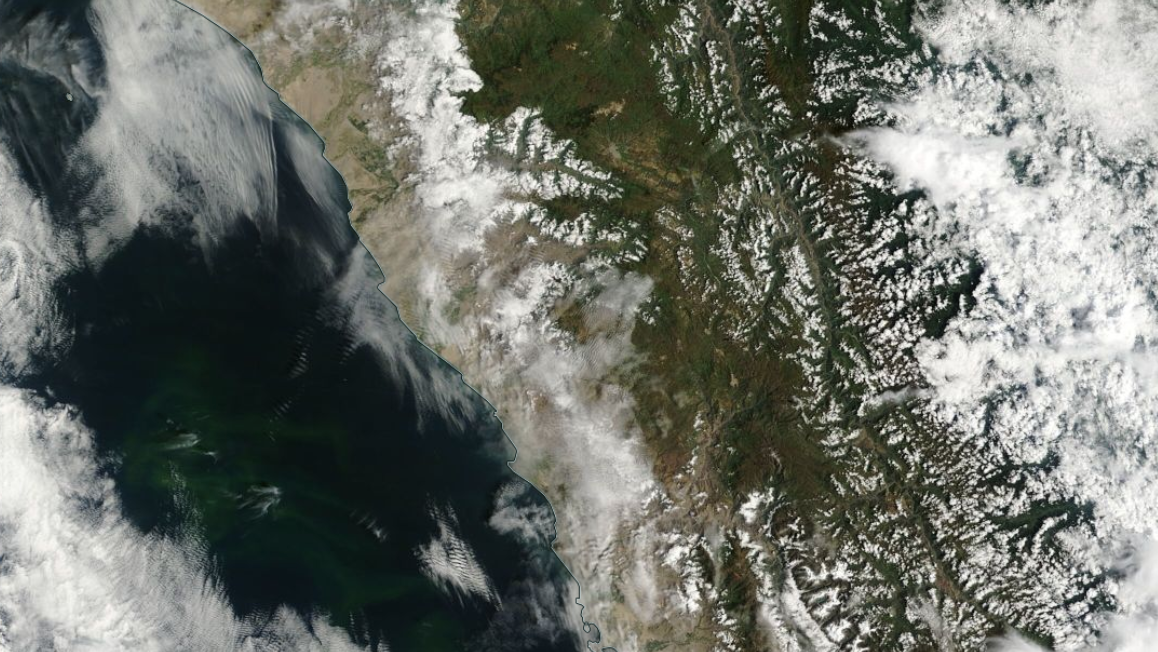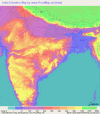Hello, and welcome to another Tinto Talks for Europa Universalis V.
This one is a little bit special, as it’s the first time we will go into depth on one of the visual systems that we have in the game.
Bear in mind this is all WIP, but as always feedback is welcome.
Armies are one of the most important features in the game, and certainly combat is one of the most exciting things to interact with. So we thought it was important to get the feeling just right.
Unlike in previous games, armies appear as groups composed of multiple individual soldiers. The number of soldiers reflects the size of the armies. The median army size is about 15 models, however they do range from a minimum of 1 soldier to a maximum is 30 in very extreme cases.
Each soldier model is the representation of a specific regiment in your army, and aside from reflecting your country in its colors, it also reflects that specific regiment’s unit type, culture, and ethnicity. This means that a unit model will have appropriate weaponry for their unit type (for example crossbowmen vs archers), but also that multiethnic empires will visibly have diverse armies in terms of uniform style and skin color.
Units are further randomised by picking random texture materials for each component. It might be as simple as swapping leather for cloth, or it might even be changing the pattern that the cloth uses.
In general we have approached the idea of having 3 tiers of troops per age to represent the weight of the unit: peasant, soldier, knight.
Although some features are exaggerated to be visible from the distant camera we use ingame, unit models are always closely based on real references. Historical authenticity is the key to all our artistic decisions and that includes here.
Units will adopt a new visual Age only when they are upgraded to a unit from that age. So your units won’t instantly swap to Age of Reformation clothing the moment you enter the Age of Reformation, you will first need to embrace the relevant Institutions, research the relevant advances, and then upgrade your regiments.
Here is an example of how European peasant levies develop through the ages.
And some examples of professional soldiers:
Units appearance is also modified by a hidden system we call Uniformity, which is essentially a calculation of Discipline, Experience, Army Tradition, and whether they are Levies or Regular Troops. As a regiment gains uniformity, they will gradually progress towards the “Ideal” look for your country, which is generated from your Primary Culture. Most countries Ideal is randomly generated, but some are specifically designed to appear historical.
Historically speaking, most peasant levies were not pitchfork wielders but were typically outfitted with a minimum of cheap weaponry and often a helmet. With the Uniformity, we represent the full range: from squishy farmers to ironclad gendarmes. As they climb higher up the Uniformity scale, the more they will draw from the Soldier pool of assets, taking a helmet here, a polearm there, until they are fully outfitted for war.
Furthermore, some elements will look fancier if you have higher uniformity, for example raw leather straps get blackened or whitened, and some wigs might get powdered.
Foreign culture units in your employ will gradually adopt elements of your primary culture's clothing as the become more uniform.
As they march across the world map, the audio will reflect the visuals; you will be able to hear the size of the army but also the equipment of the individual soldiers. Peasants wearing light cotton tunics will sound different from plate troops brandishing steel.
EU5 will release with 7 main graphical archetypes . As well as impacting unit appearance, archetypes are also the primary way we have divided several other parts of the game, such as character portraits, city buildings, event illustrations, and UI skins. These archetypes are:
And finally, remember to wishlist Europa Universalis V now! Until next time!
This one is a little bit special, as it’s the first time we will go into depth on one of the visual systems that we have in the game.
Bear in mind this is all WIP, but as always feedback is welcome.
Armies are one of the most important features in the game, and certainly combat is one of the most exciting things to interact with. So we thought it was important to get the feeling just right.
Unlike in previous games, armies appear as groups composed of multiple individual soldiers. The number of soldiers reflects the size of the armies. The median army size is about 15 models, however they do range from a minimum of 1 soldier to a maximum is 30 in very extreme cases.

| 
| 
|
Each soldier model is the representation of a specific regiment in your army, and aside from reflecting your country in its colors, it also reflects that specific regiment’s unit type, culture, and ethnicity. This means that a unit model will have appropriate weaponry for their unit type (for example crossbowmen vs archers), but also that multiethnic empires will visibly have diverse armies in terms of uniform style and skin color.

| 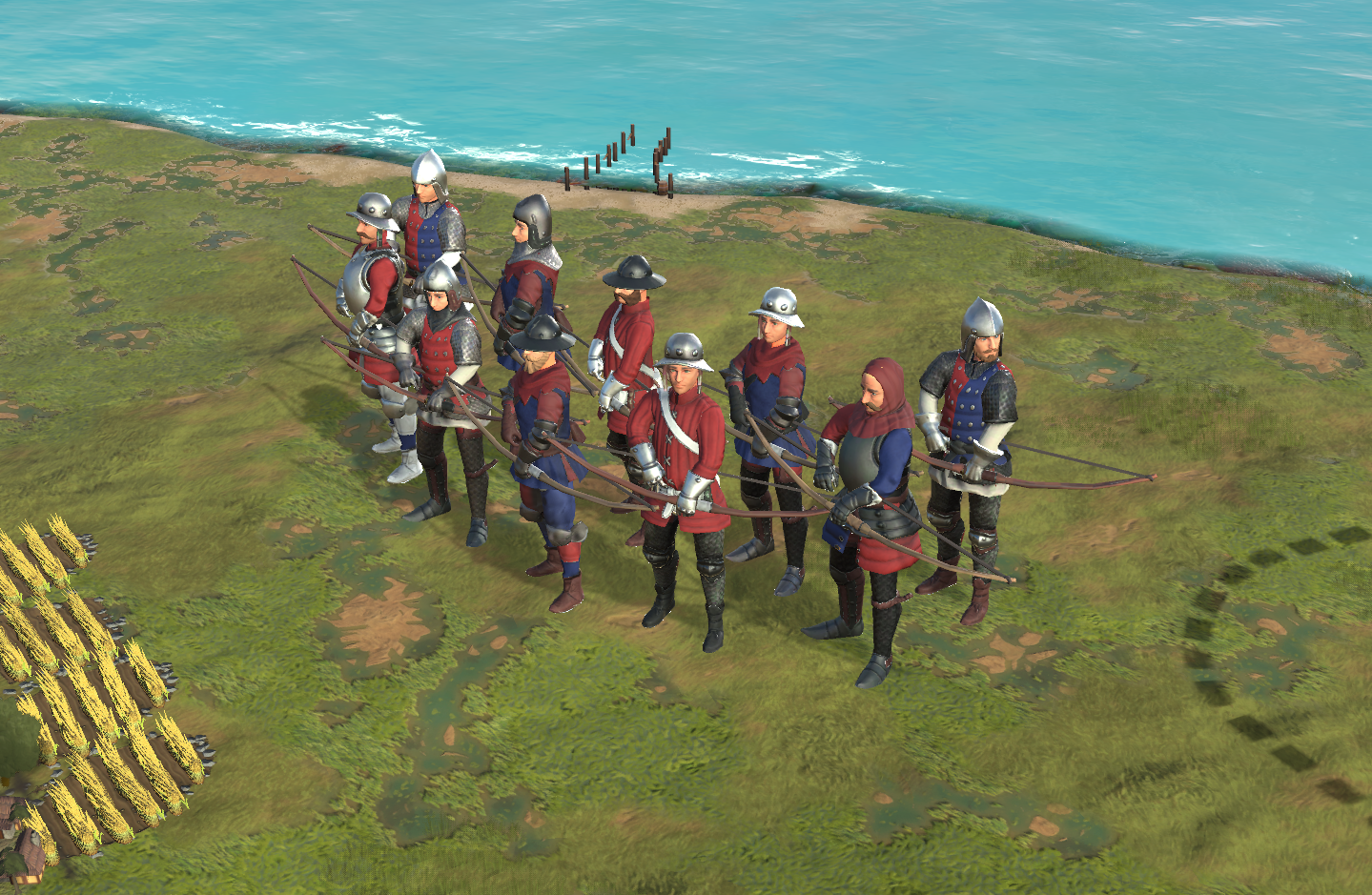
|
Units are further randomised by picking random texture materials for each component. It might be as simple as swapping leather for cloth, or it might even be changing the pattern that the cloth uses.
In general we have approached the idea of having 3 tiers of troops per age to represent the weight of the unit: peasant, soldier, knight.

| 
| 
|
Although some features are exaggerated to be visible from the distant camera we use ingame, unit models are always closely based on real references. Historical authenticity is the key to all our artistic decisions and that includes here.
Units will adopt a new visual Age only when they are upgraded to a unit from that age. So your units won’t instantly swap to Age of Reformation clothing the moment you enter the Age of Reformation, you will first need to embrace the relevant Institutions, research the relevant advances, and then upgrade your regiments.
Here is an example of how European peasant levies develop through the ages.

| 
| 
| 
|
And some examples of professional soldiers:

| 
| 
| 
|
Units appearance is also modified by a hidden system we call Uniformity, which is essentially a calculation of Discipline, Experience, Army Tradition, and whether they are Levies or Regular Troops. As a regiment gains uniformity, they will gradually progress towards the “Ideal” look for your country, which is generated from your Primary Culture. Most countries Ideal is randomly generated, but some are specifically designed to appear historical.
Historically speaking, most peasant levies were not pitchfork wielders but were typically outfitted with a minimum of cheap weaponry and often a helmet. With the Uniformity, we represent the full range: from squishy farmers to ironclad gendarmes. As they climb higher up the Uniformity scale, the more they will draw from the Soldier pool of assets, taking a helmet here, a polearm there, until they are fully outfitted for war.
Furthermore, some elements will look fancier if you have higher uniformity, for example raw leather straps get blackened or whitened, and some wigs might get powdered.
Foreign culture units in your employ will gradually adopt elements of your primary culture's clothing as the become more uniform.

| 
| 
|
As they march across the world map, the audio will reflect the visuals; you will be able to hear the size of the army but also the equipment of the individual soldiers. Peasants wearing light cotton tunics will sound different from plate troops brandishing steel.
EU5 will release with 7 main graphical archetypes . As well as impacting unit appearance, archetypes are also the primary way we have divided several other parts of the game, such as character portraits, city buildings, event illustrations, and UI skins. These archetypes are:
- Central American
- East Asian
- European
- Middle Eastern
- North American
- South Asian
- Subsaharan African
.png)
| .png)
| .png)
| .png)
| .png)
|
And finally, remember to wishlist Europa Universalis V now! Until next time!







